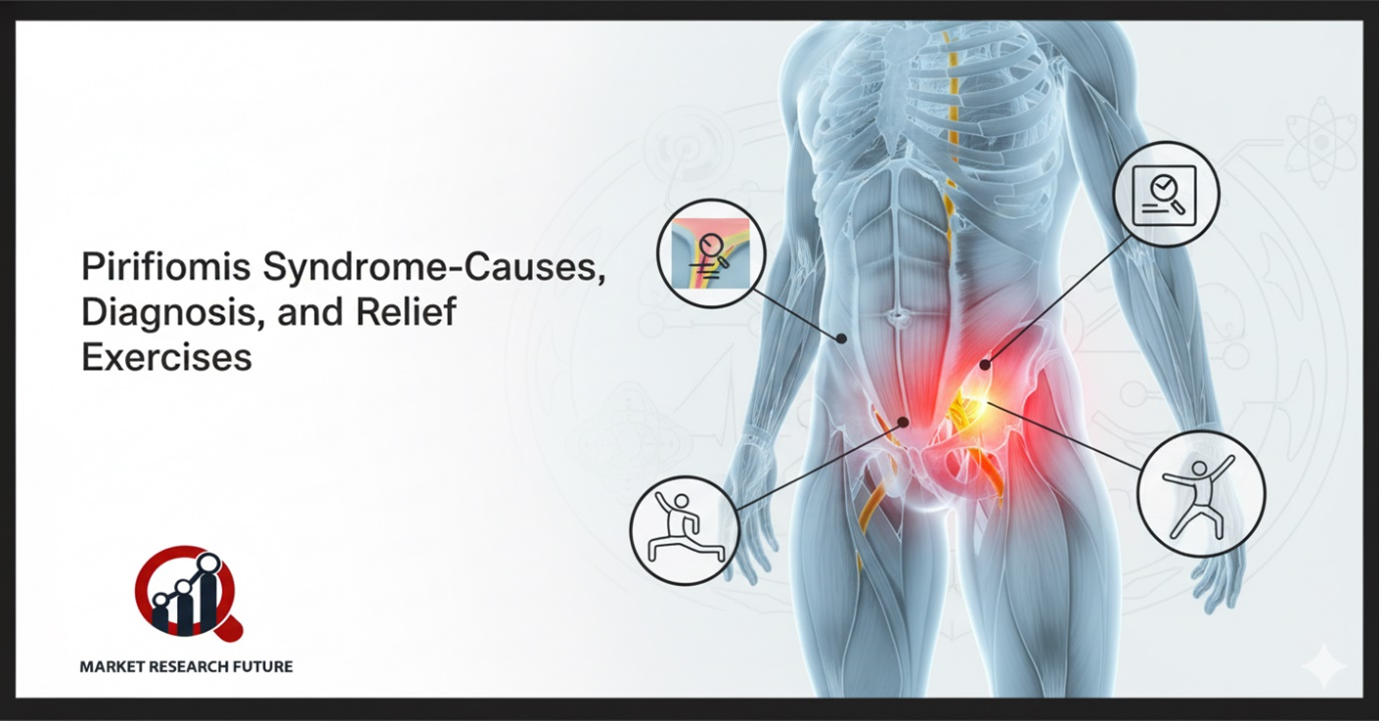Piriformis Syndrome: Exercises, Diagnosis, and Causes

Piriformis syndrome is a hidden cause of hip and leg pain that many people overlook. When the piriformis muscle in your buttocks compresses the sciatic nerve, it can create sharp, radiating discomfort that makes routine movements uncomfortable and affects your quality of life.
Understanding Piriformis Syndrome
The piriformis muscle links the lower spine to the top of the thigh bone. If it gets tight, inflamed, or hurt, it can bother the sciatic nerve. This could hurt your hips, thighs, and even your genitals. Sitting, standing, or walking can become painful, and the symptoms may get worse if they aren't treated.
Common Reasons behind Piriformis Syndrome:
There are many things that might cause piriformis syndrome. Sitting for a long time weakens the muscles in the buttocks and puts more stress on the piriformis. Other things that might cause hip pain are tight hip flexors or quadriceps, doing the same thing over and over again, being overweight, being pregnant, having had a previous pelvic injury, or having hip replacement surgery. In some circumstances, symptoms may be caused by nerve compression or inflammation.
Diagnosis for Piriformis Syndrome
Because its symptoms can be similar to those of other problems, like sciatica or lower back pain, it can be hard to diagnose. Doctors use pain patterns, tight muscles, and physical exams to establish the diagnosis. Early diagnosis is important to stop symptoms from getting worse and speed up healing.
Exercises for Relief
Gentle stretching and strengthening can help with piriformis syndrome. You can do a basic exercise by sitting up straight and crossing one ankle over the other to make a diamond shape. Then, while keeping the knee straight, bend the leg that is higher up. Do the same thing on the other side. Putting a towel around your ankle can help it stay stable.
It's important to be consistent. Add these stretches to your usual routine every other day. Don't do things that make discomfort worse, and always pay attention to your body.
The Role of a Healthy Lifestyle
Eating well can help you get better. Eat more fruits and vegetables, which are good for you, and less fried or processed foods. Drinking enough water helps minimize nerve inflammation, and keeping a healthy weight helps keep the piriformis muscle from getting too much tension.
Piriformis symptoms can get a lot better with a combination of targeted exercises, good habits, and mindful movement. If you keep getting care, you can get back to feeling good, moving around, and being strong in your daily life.

Leave a Comment